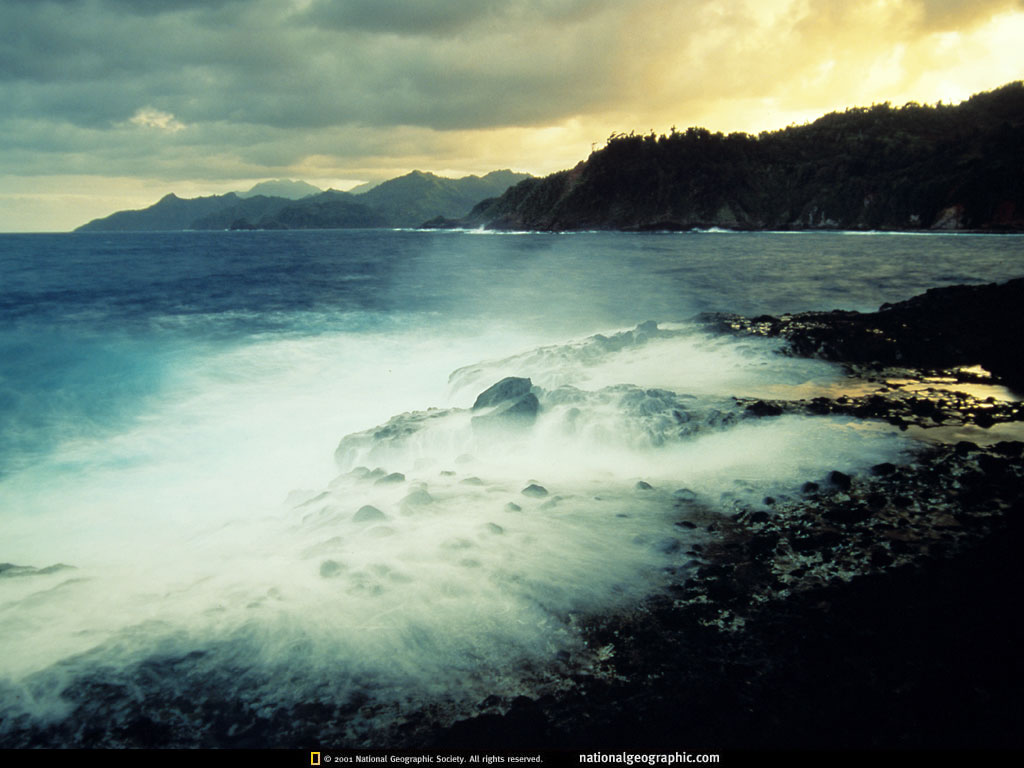


 |
  |
|
Remote Sensing of Water Turbidity in Lake Erie using LandSat ETM+ and In-situ Data
Department of Geography and Planning, University of Toledo
|
|
Introduction Water quality in the Lake Erie is greatly influenced by land use and human activities. A major pathway for contaminant transfer from the land surface to streams is storm runoff from urban and agricultural areas. As a result of herbicides in runoff, concentrations in streams were in the top 25 percent of streams nationwide (USGS,2002) and many public-water supplies must treat stream water to reduce herbicide concentrations. As a result of nutrients in runoff, concentrations of total phosphorus and nitrate in some small streams in agricultural areas and in Land use in the Lake Erie basin was predominantly agriculture-and urban. This level of human activity has had substantial effects on water in the region, leading to bad water quality. Maumee bay(western basin) was selected for study because of its relatively large contribution of suspended sediment to lake Erie. sediment loads are also effected due to many others factors such as slope, soil contents, stream direction. It would be a great boon for planners and other scientists for formulating TMDL's (Total daily Maximum Loads) for keeping sediment loads under control if a technique is available to monitor sediment loads on regular basis. A combination of satellite data, onsite sampling and water quality model simulations were used to evaluate surface turbidity concentrations in the western basin of Lake Erie. Correlation between the Landsat images of July 16, 2002 and August 01, 2002, in-situ boat data collected were analyzed using band math, band ratioing, regression analysis. The model displayed many of the trends recorded by the in-situ data and it is shown that LandSat 7 ETM+ could be used to map turbidity. This model could be applied to other images to test the accuracy of model in predicting the multi-temporal turbidity measurements Why Remote Sensing? It is a difficult problem to identify and quantify sediment transported by runoff to the great lakes (Libicki et al., 1980). Traditional measurement technologies are potentially inaccurate, qualitative, time consuming and work intensive. Methods that utilize remotely sensed data and deterministic models can potentially supply new insight into the sediment loading dynamics. Previous studies have demonstrated the capability of remote sensor and in-situ sampling data for measurement of water variables (Klemas et al., 1974). Satellite water resource studies have often restricted their work to one date of coverage, providing limited opportunities for temporal analysis. Often this limits the practical application of remote sensor data only to times and places used in the initial study or experiment( Lyon et al.,1986).


To develop potential operational uses of satellite data for measurement and modeling of water resources requires multiple day coverage. Remote sensor data are acquired by some satellites each day, and these data provide high frequency sampling of water resource characteristics. It remains to address each satellite sensor format and to experiment with digital data from multiple days of satellite data. The following experiment demonstrated such a satellite based methodology for modeling turbidity using LandSat data. A combination of satellite data Fig.1&2, in-situ measurements made by Dr. Czajkowski et al, Department of Geography and Planning, University of Toledo in the summer of 2002 were used in this study to evaluate the correlation between these data to arrive at an empirical model that could be used for further studies including multi-temporal analysis of sediment loading to the Lake Erie basin. |
||||